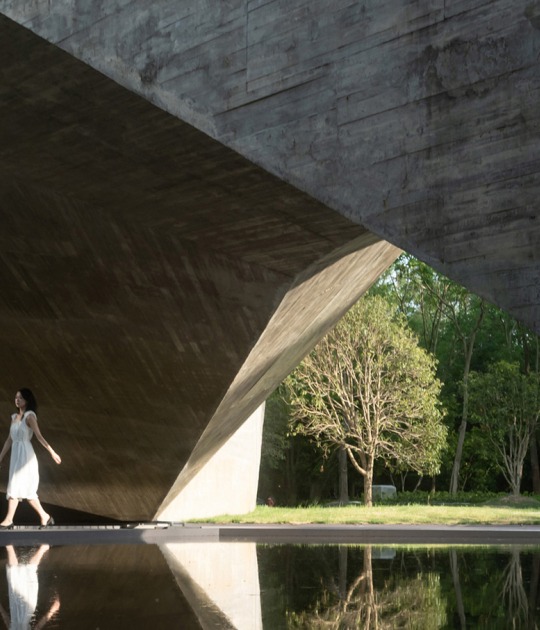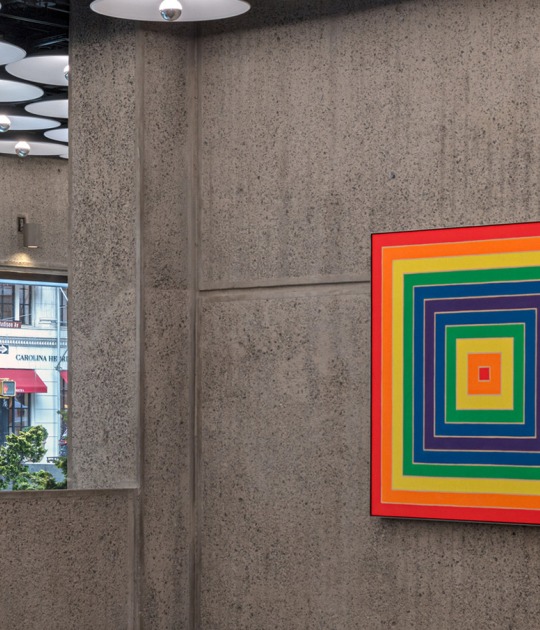The use of a geothermal heating system and natural materials, such as cedar or pine wood, not only improve comfort but also connect the project with nature in various aspects, extracting energy from the earth and making the house as part of the forest like another tree.
Description of project by Arches
It is the reconstruction of an old homestead which seeks to preserve its former semantics. An interaction between traditional and modern approaches. Locality. Ecology. Identity. The key words of the project - nature, human scale, sensitivity, connection with surroundings. Architecture – as a delicate and deliberate narration.
The reconstructed buildings are located in an astounding and picturesque landscape, on the top of the park's hill. The main aim – to connect architecture with the unique landscape, to fulfill it subtly. The buildings reflect the calm, steady culture of architectural design.
The main building volume integrates into the hill and is being partly undercovered by it. Such a relationship gives a feeling of sensitivity and plastic. A human scale is also being evaluated. A cut in volume is made for the terrace and it adds additional elegance to the architectural silhouette. The secondary building volume becomes reticent – all of the windows are “hiding” under the coverings.
The facades are made from natural cedarwood. The construction of buildings is made from pine wood.
Minimal interventions to an existing structure, high quality of architecture, and innovative design create the high value of the building while maintaining neutral to the natural context. The architecture invites to feel and enjoy the beauty and greatness of nature.
Concept/context and strategy
The site is located in the area of Regional Park, Vilnius city county. The project is a reconstruction of the old building, maintaining its former site, bearing in mind all of the former building parameters. The main aim is to revive the abandoned building by creating a new quality and aesthetics of architecture.
Challenges. How to integrate modern architecture and to protect natural landscape? How to find unique but also local identity of the architecture and how to interpret the traditions?
Preserved the traditional composition of the two-house complex. One of them even integrates into the hill to merge with the surroundings. The volumes are being separated by the vertical position to create the reminiscent image of a traditional homestead.
The interior is made of the local and ecological materials that is great for preserving a certain microclimate needed.
Construction and structure
The main intention – the seek for sustainability and ecology. Local and natural materials are being used. In addition to this, natural landscape becomes one of the most valuable feature. There are no man-designed greenery and plants' compositions, only some newly planted pines, which continues the undergrowth of former pines. Priority is the nature. The building is surrounded by granite pavement combined with a lawn in order to integrate into such a natural context. The storehouse is connected to the main residence with pavement made of stone rubble.
The main materials used are wood, stone, cooper. The inner walls are covered with clay plaster. The construction of buildings is made from pine wood. For heat isolation, natural wood wool is used. Window frames are made from glued laminated timber. Natural cedarwood window coverings protects from overheating the building. Geothermal heating ensures clean energy supply. Proper ventilation is being implemented by the natural ventilation system. There is a possibility to set up a solar power system on both of the buildings. There is an integrated EV charging station for automobiles. A home automation system monitors all home attributes.









































































